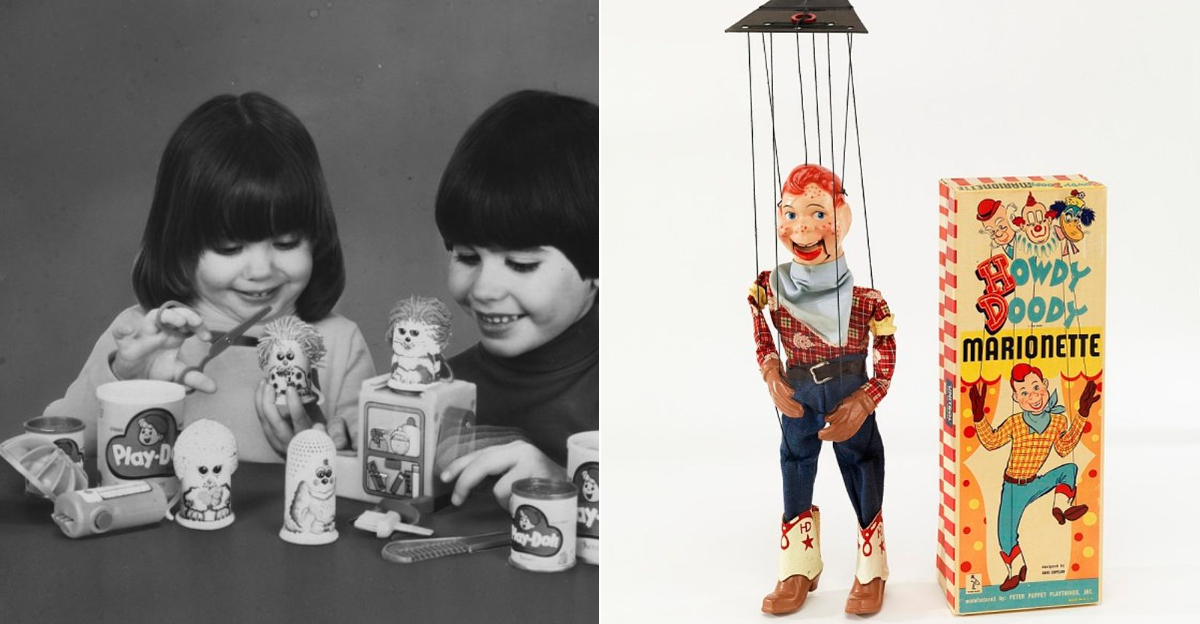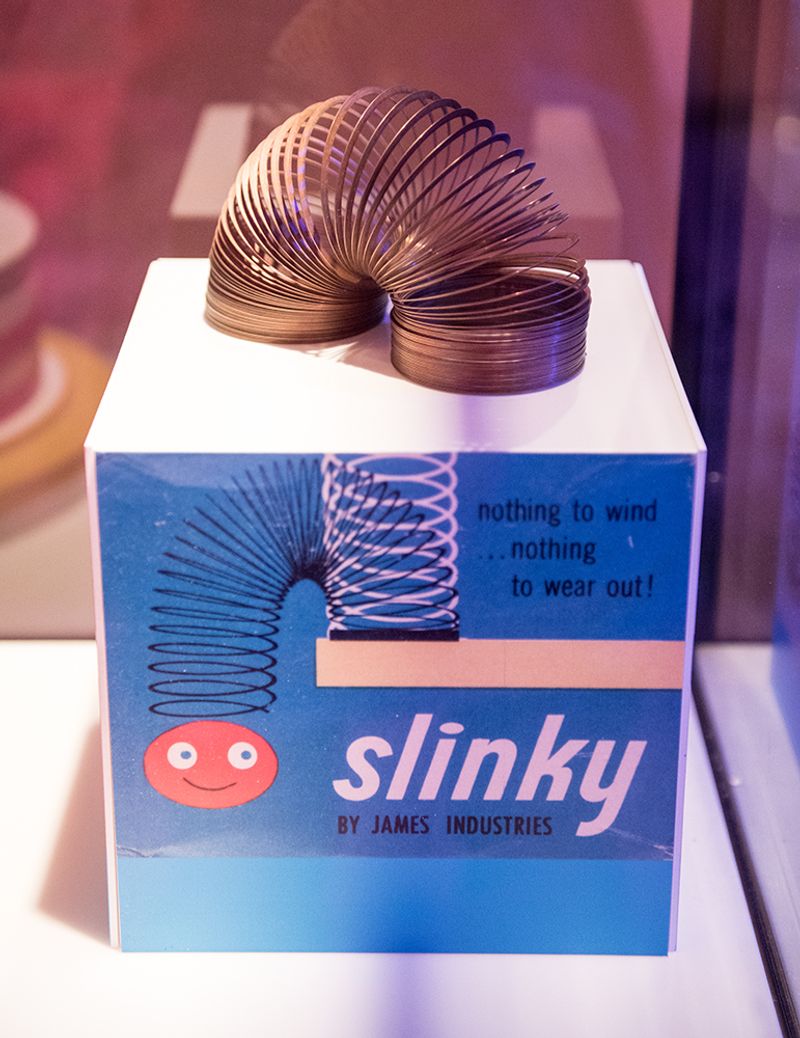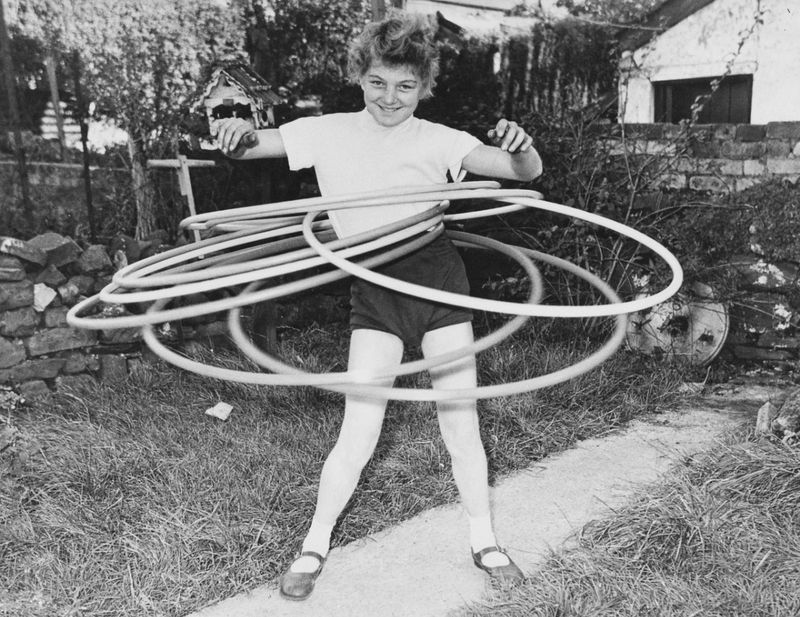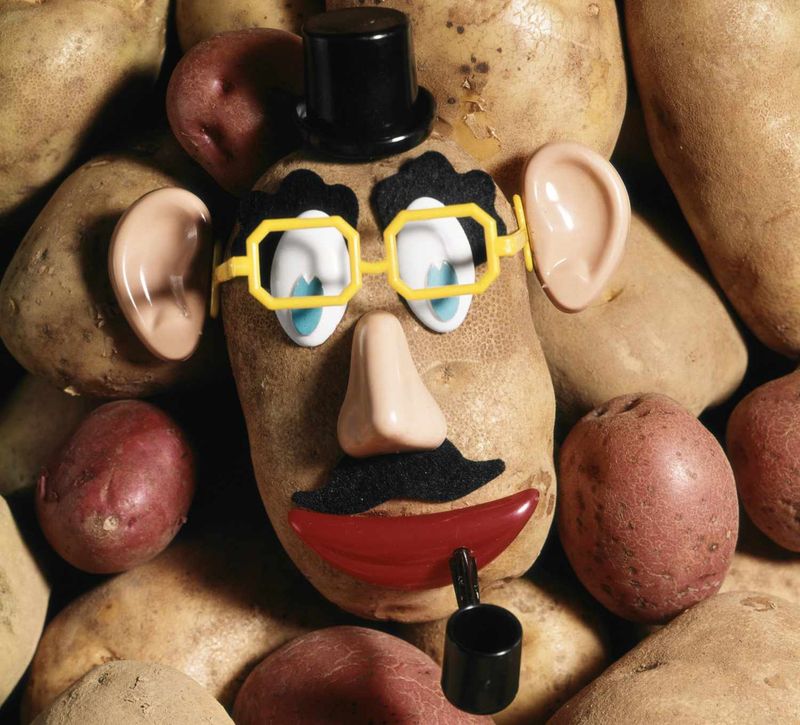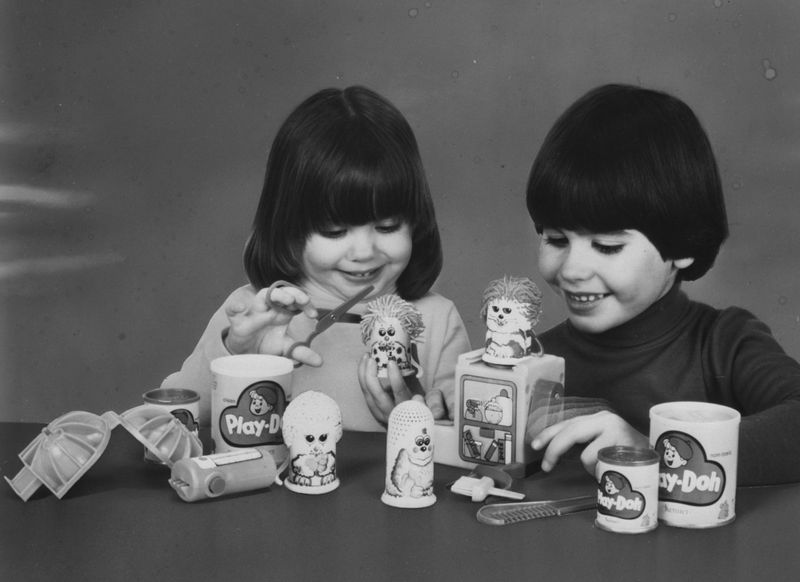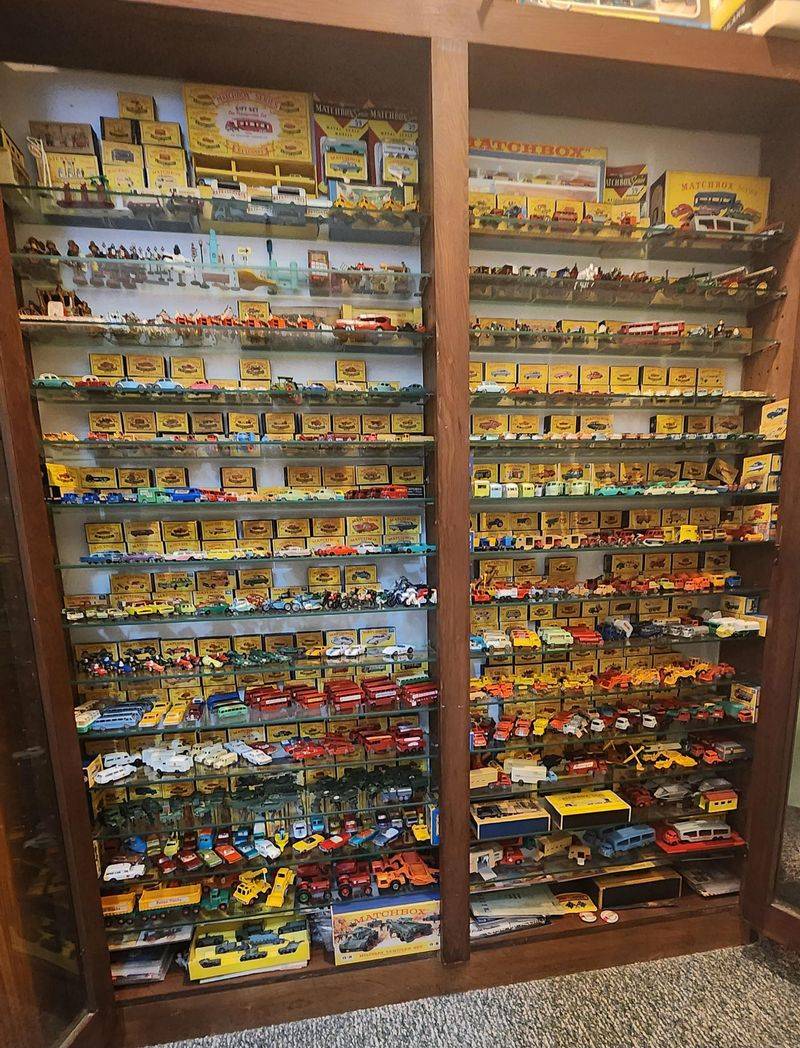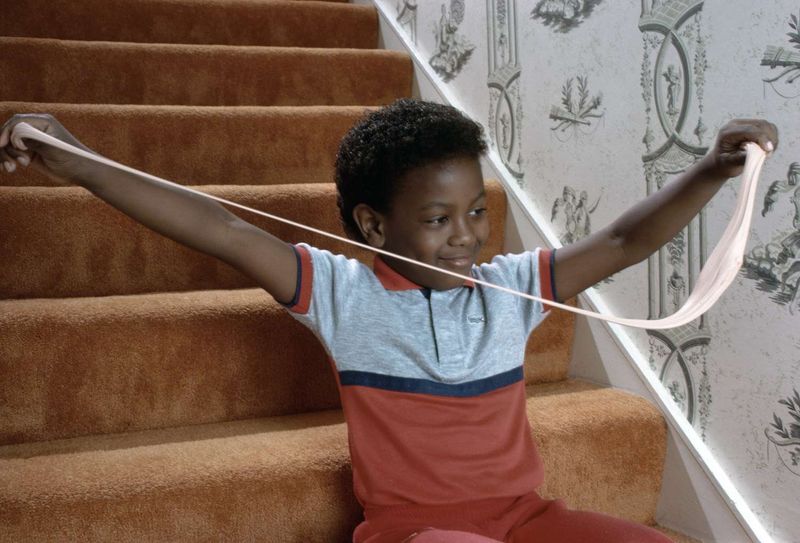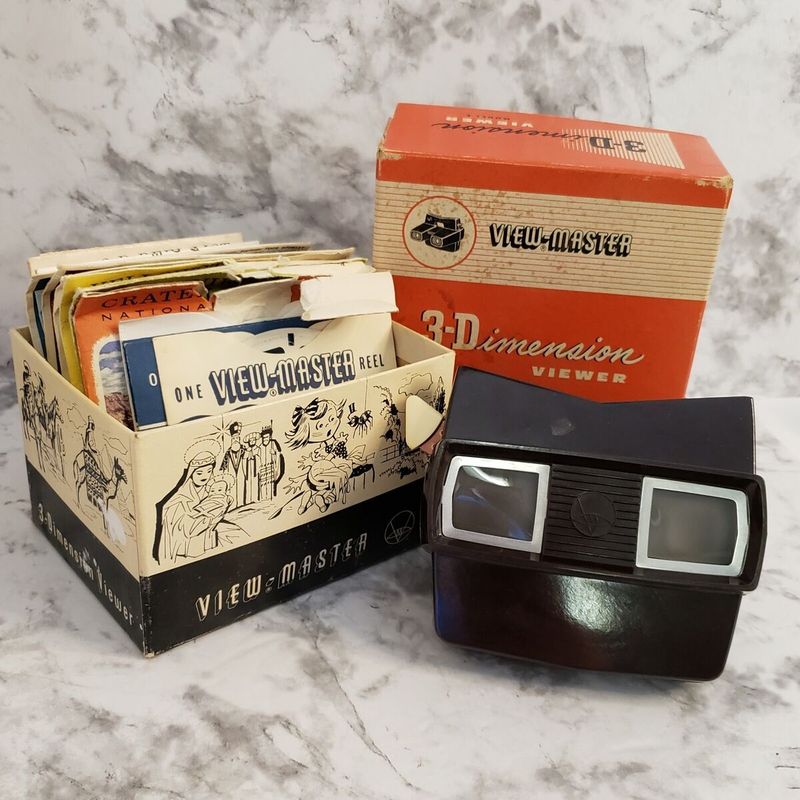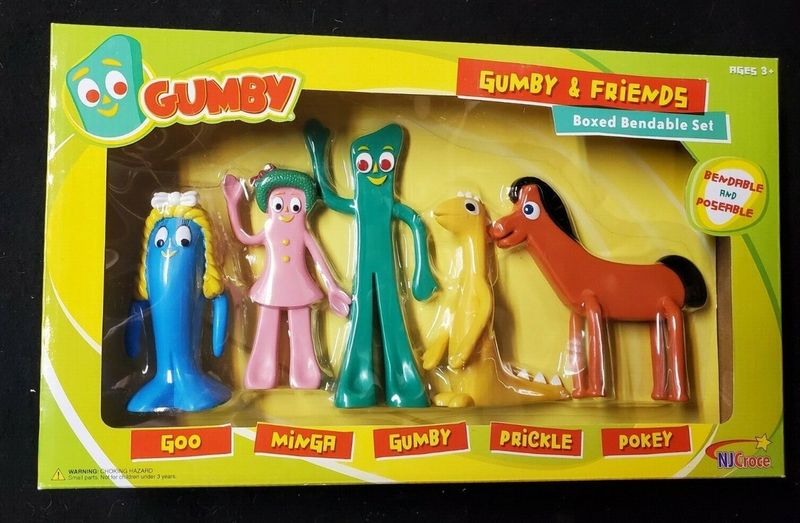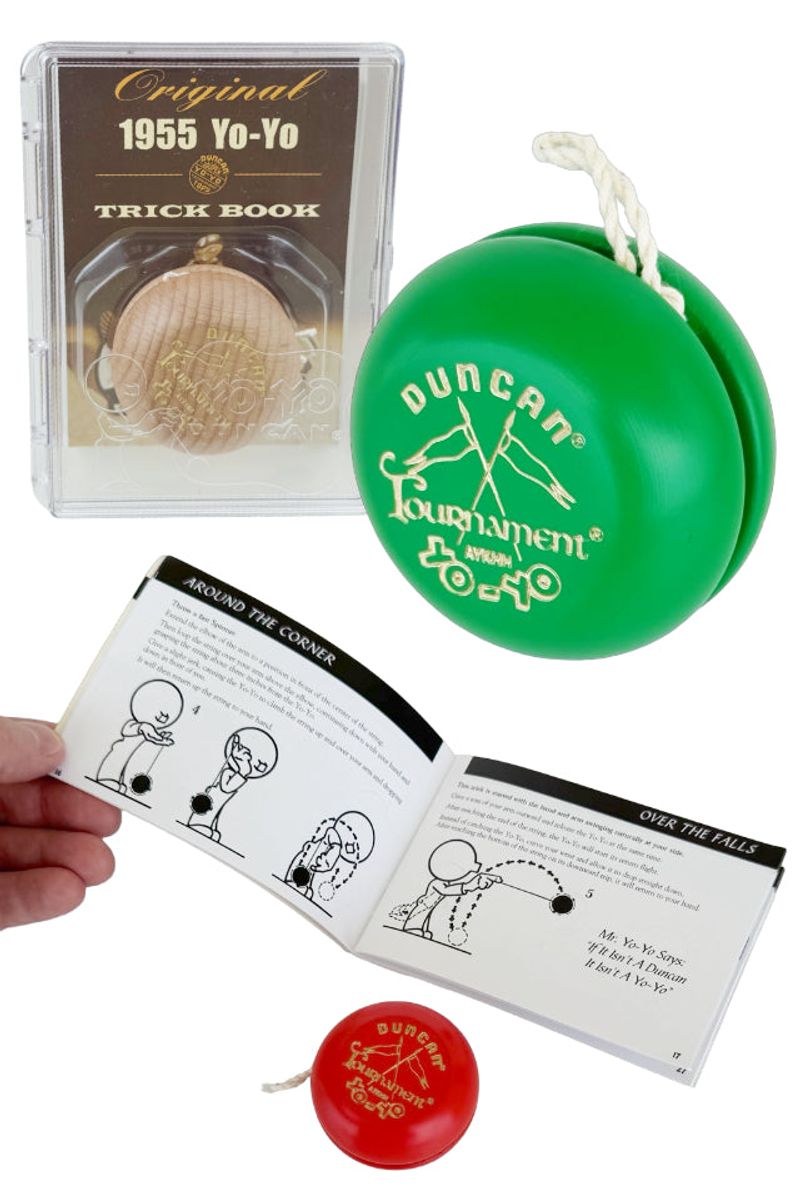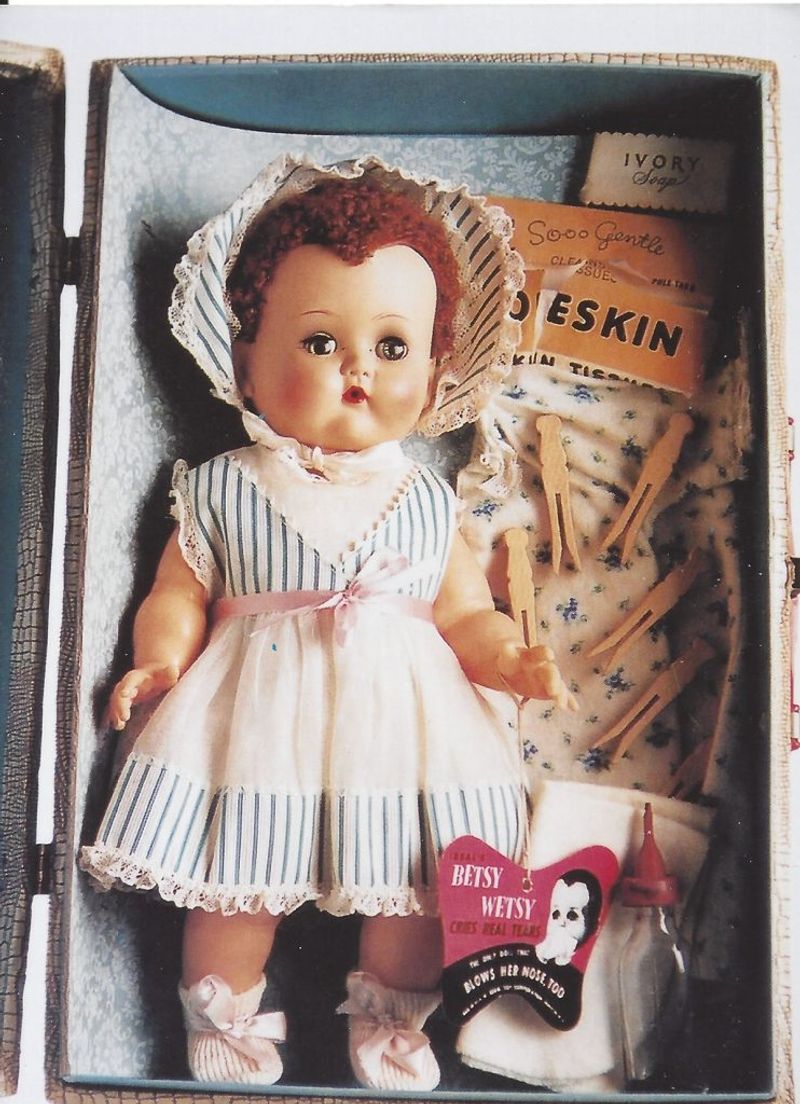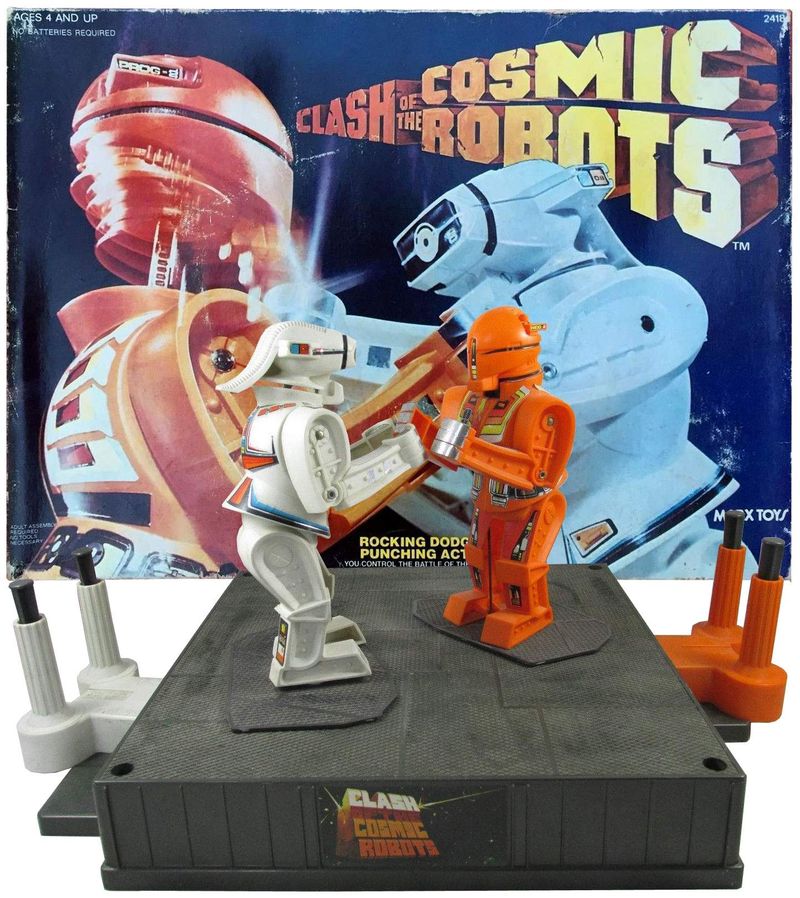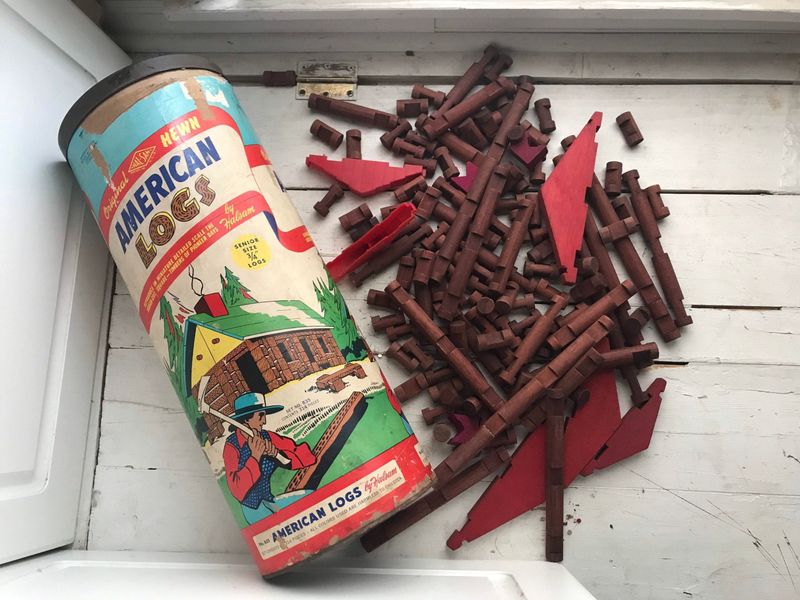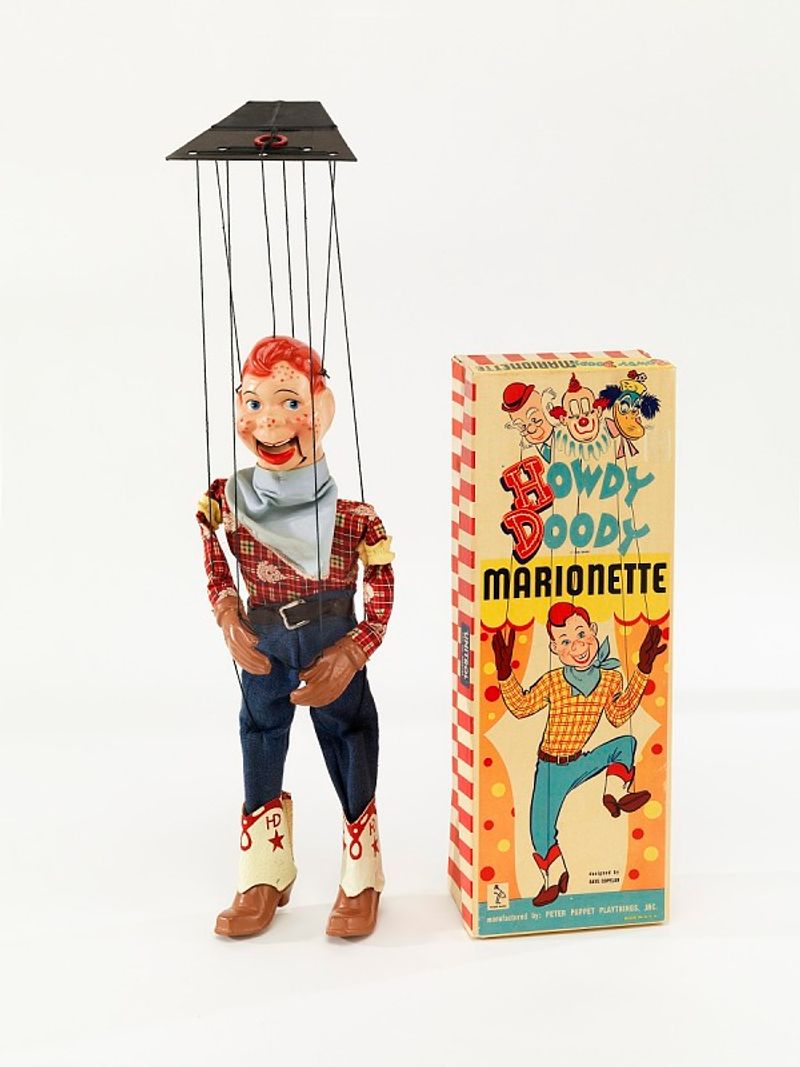Transport yourself back to the golden era of the 1950s, where imagination ruled and toys were gateways to endless adventures. This list highlights 13 iconic toys that captured the hearts of children during this vibrant decade, each with its unique charm and story. From mesmerizing metal springs to colorful clay and bendable figures, these toys not only entertained but also fueled creativity and joy in countless homes. Rediscover the magic of these timeless treasures and see why they still hold a special place in the hearts of many today.
1. Slinky
What could be more captivating than a metal spring that walks? The Slinky, born out of a naval engineer’s mishap, became a household phenomenon. In the 1950s, its TV commercials enchanted families across America, showing off its gravity-defying feats.
Children watched in awe as it magically descended stairs, its rhythmic motion captivating both young and old. In an era free from digital distractions, the Slinky provided endless entertainment, inspiring contests and playful competition among friends.
Did you know? Its inventor, Richard James, initially intended the Slinky for ship instruments, not playrooms!
2. Hula Hoop
Round and round they go! The Hula Hoop, introduced by Wham-O, twirled its way into 1958, launching a worldwide craze. With its simple design, this plastic ring was anything but ordinary.
From playgrounds to backyards, kids and adults alike were swept up in the challenge, giggling as they mastered the art of spinning. The Hula Hoop’s appeal lay in its simplicity and the sheer joy of movement it brought.
A fun fact: Within the first four months, 25 million Hula Hoops were sold, proving its universal appeal and timeless fun!
3. Mr. Potato Head
Who knew a potato could be so funny? Mr. Potato Head, launched in 1952, turned dinner table staples into playtime pals. Initially requiring real potatoes, this toy’s charm was in its customizable funny faces.
Kids eagerly swapped noses and eyes, creating characters with zany expressions. The toy’s impact was amplified by its status as the first toy advertised on TV, capturing imaginations nationwide.
Here’s a quirky tidbit: The original Mr. Potato Head kit didn’t include a plastic potato body until 1964, encouraging kids’ resourcefulness and creativity with real produce!
4. Play-Doh
From wallpaper cleaner to creative sensation, Play-Doh’s transformation is a tale of ingenuity. In 1956, this moldable clay reinvented playtime, offering endless possibilities for young sculptors.
Schools embraced it as an educational tool, while homes welcomed its vibrant colors for hours of tactile exploration. Play-Doh’s success lay in its versatility; it wasn’t just a toy, but a canvas for imagination.
A little-known fact: Play-Doh was originally off-white, but soon expanded to include colors that sparked even more creativity and fun!
5. Matchbox Cars
Small but mighty, Matchbox Cars zoomed into the hearts of young car enthusiasts in 1953. These intricately detailed die-cast vehicles packed speed and style into a matchbox-sized package.
Perfect for pocket-sized play, they introduced children to the thrilling world of automobiles, inspiring dreams of racing and car collections. Each model was a masterpiece in miniature, ideal for imaginative adventures.
Did you know? The first Matchbox Car was a road roller, setting the stage for an extensive fleet that would soon follow!
6. Silly Putty
Bouncy, stretchy, and delightfully strange, Silly Putty captured imaginations in 1950. Originally a failed rubber experiment, it became a hit for its quirky properties.
Kids found endless amusement copying comics by pressing it onto inked pages, and watching it lift images perfectly. Its elasticity and ability to bounce made it a staple for spontaneous play.
Here’s a quirky fact: Silly Putty was even used by astronauts on Apollo 8 to secure tools in zero gravity!
7. View-Master
A window to the world, the View-Master offered 3D glimpses into exotic locales. Though introduced in 1939, its popularity soared in the ’50s, enchanting kids with its photographic reels.
Through its lenses, children traveled to faraway lands, each click unveiling stunning vistas that sparked curiosity. It was a passport to adventure without leaving home.
Fun tidbit: The View-Master originally targeted adults for scenic viewing, but quickly captured the imaginations of younger audiences!
8. Gumby
With his signature green hue and sidekick Pokey, Gumby wiggled his way into hearts in 1956. This bendable clay figure was a star of its own TV show, captivating audiences with its playful antics.
Gumby encouraged creativity, sparking adventures that transcended the screen. His flexible nature symbolized adaptability and fun, allowing kids to shape stories as they pleased.
Did you know? Gumby creator Art Clokey was inspired by his father’s fondness for claymation, influencing this beloved character’s existence!
9. Duncan Yo-Yo
The 1950s witnessed a yo-yo renaissance, thanks to Duncan’s skillful marketing. This simple toy inspired schoolyard competitions and captivated kids with its dazzling tricks.
From “Walk the Dog” to “Around the World,” mastering the yo-yo became a badge of honor. Its appeal lay in the challenge of precision and timing, creating endless possibilities for dexterous fun.
Here’s a fun tidbit: Duncan’s clever contests and promotions in the ’50s ignited a yo-yo craze across the globe, turning it into a cultural phenomenon!
10. Betsy Wetsy Doll
Realistic play took a new form with Betsy Wetsy. This doll, popularized in the 1950s, intrigued children with its unique ability to “drink” and wet itself.
With lifelike features and functions, Betsy Wetsy allowed kids to mimic adult caregiving, fostering nurturing instincts and imaginative role-play. It wasn’t just a toy; it was an experience in empathy and responsibility.
Did you know? Betsy Wetsy’s innovation lay in its simple yet effective design, paving the way for modern interactive dolls!
11. Rock ‘Em Sock ‘Em Robots
Boxing took on a playful twist with Rock ‘Em Sock ‘Em Robots. Introduced in 1964, this tabletop game pitted two plastic pugilists against each other in thrilling bouts.
Their spring-loaded fists and knockout feature made every match a nail-biter. It was a precursor to modern video game combat, offering interactive fun with a competitive edge.
Interesting fact: Despite being a ’60s product, its design and spirit captured the competitive essence of the jet age, making it a nostalgic favorite!
12. Lincoln Logs
Building dreams one log at a time, Lincoln Logs were a construction staple even in the ’50s. With notched wooden pieces, kids crafted cabins and forts reminiscent of the Wild West.
This toy promoted spatial skills and creativity, as young builders designed structures limited only by imagination. Its enduring charm lay in the simplicity and tactile satisfaction of stacking logs.
Did you know? Lincoln Logs were invented by John Lloyd Wright, the son of famed architect Frank Lloyd Wright, drawing inspiration from his father’s work!
13. Howdy Doody Puppet
The freckled face of Howdy Doody was an icon of 1950s television. This marionette, star of its own show, captured imaginations with his lively adventures.
Howdy Doody’s influence extended beyond the screen, inspiring toy versions that let kids bring the charismatic puppet to life in their own performances. His presence symbolized the era’s burgeoning entertainment industry.
Fun fact: Howdy Doody’s popularity even spurred the creation of a fan club, connecting young viewers nationwide and cementing his status as a cultural phenomenon!
